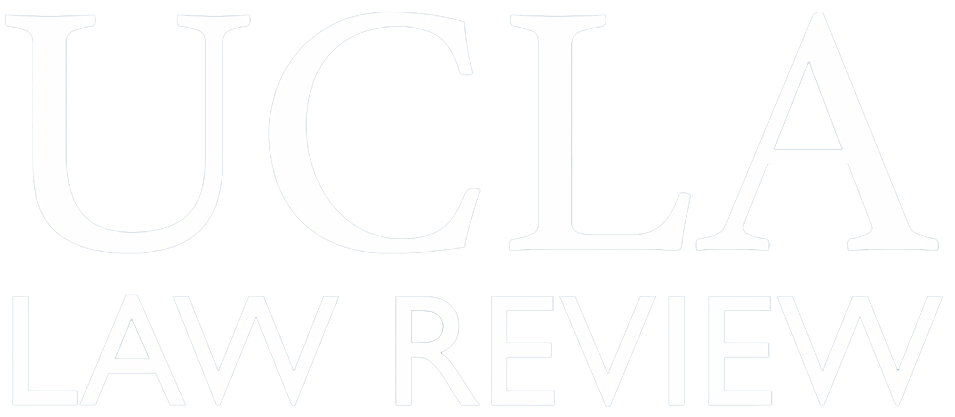Abstract
The Supreme Court promulgates rules of procedure (based on the proposals of subordinate
rulemaking committees) pursuant to the Rules Enabling Act. This statute empowers the Court
to prescribe “general rules of practice and procedure,” with the caveat that “[s]uch rules shall not
abridge, enlarge or modify any substantive right.” The Act is supposed to stand as a real constraint
on what rules or alterations thereof the subordinate rulemaking bodies will consider or propose,
as well as on how the Court will choose to interpret any given codified Federal Rule. However,
the Act has not—to date—been employed to invalidate a promulgated Federal Rule, leading one to
wonder whether the Act’s admonitions have any real purchase beyond keeping the judiciary from
crafting rules that regulate primary conduct. But just how far can the Federal Rules go? Does
the fact that none have been invalidated mean that the rulemakers and the Court have managed
to adhere successfully to the Act’s strictures? This Article suggests that the answer to that latter
question is no. No rule has been invalidated because the Court has not yet been confronted with a
live controversy over a rule that challenges its ability to avoid the issue by a saving interpretation.
As a result, the Court has not had the opportunity to crystallize the precise contours of what kind
of rules the Act does and does not allow it to prescribe.
This Article takes up that enterprise, articulating an understanding of the Rules Enabling Act that
will equip the Supreme Court with the ability to judge a rule’s validity—and give the rulemakers
much clearer guidance regarding the outer boundaries of their remit. Once such an understanding
is in hand, a clear candidate for invalidation—Federal Rule of Civil Procedure (FRCP) 15(c)(1)(C)—
comes to the fore. That rule—which (in some jurisdictions) eviscerates defendants’ protection
from liability, thereby disturbing their vested repose—alters substantive rights in ways the Act,
properly understood, will not countenance. Other rules, such as FRCP 4(k) and 4(n), also fall afoul
of the Rules Enabling Act if they are analyzed with a proper understanding of the Act’s strictures.
